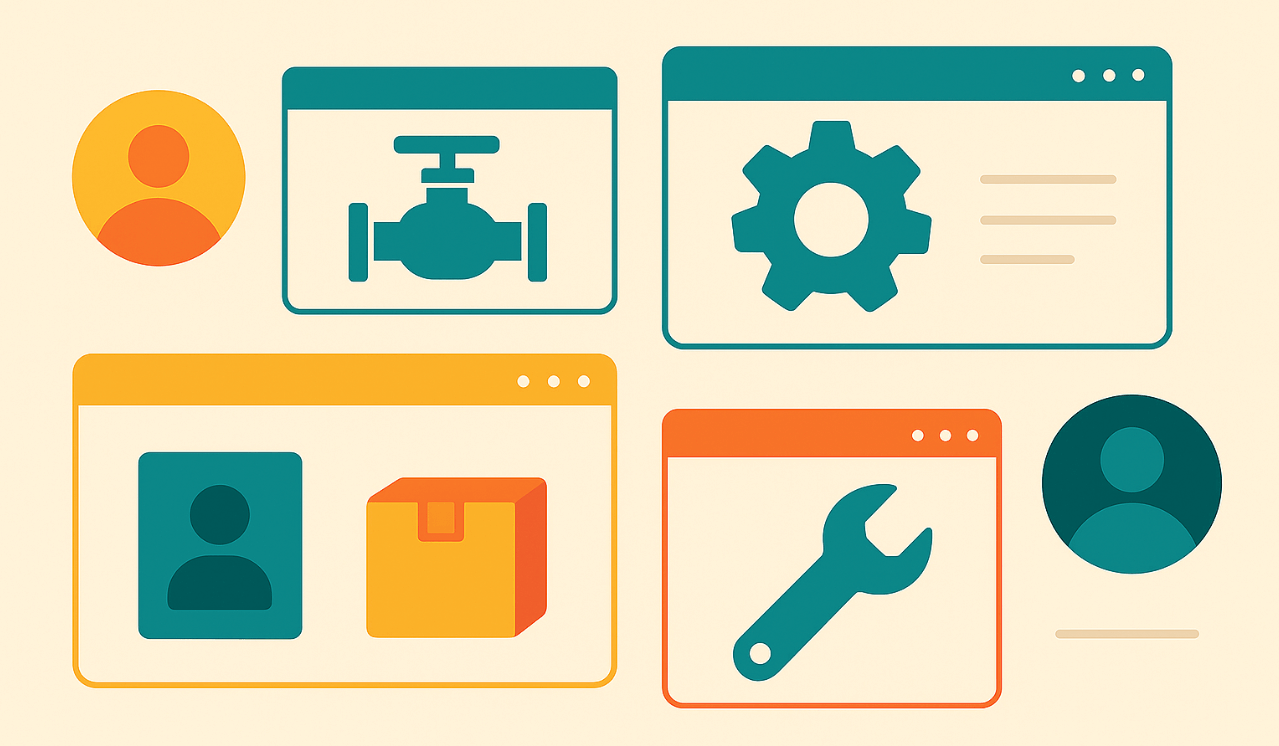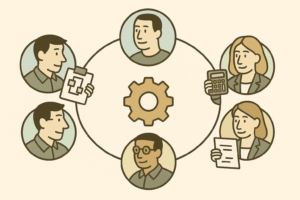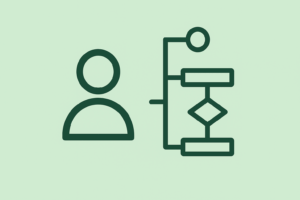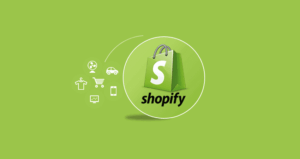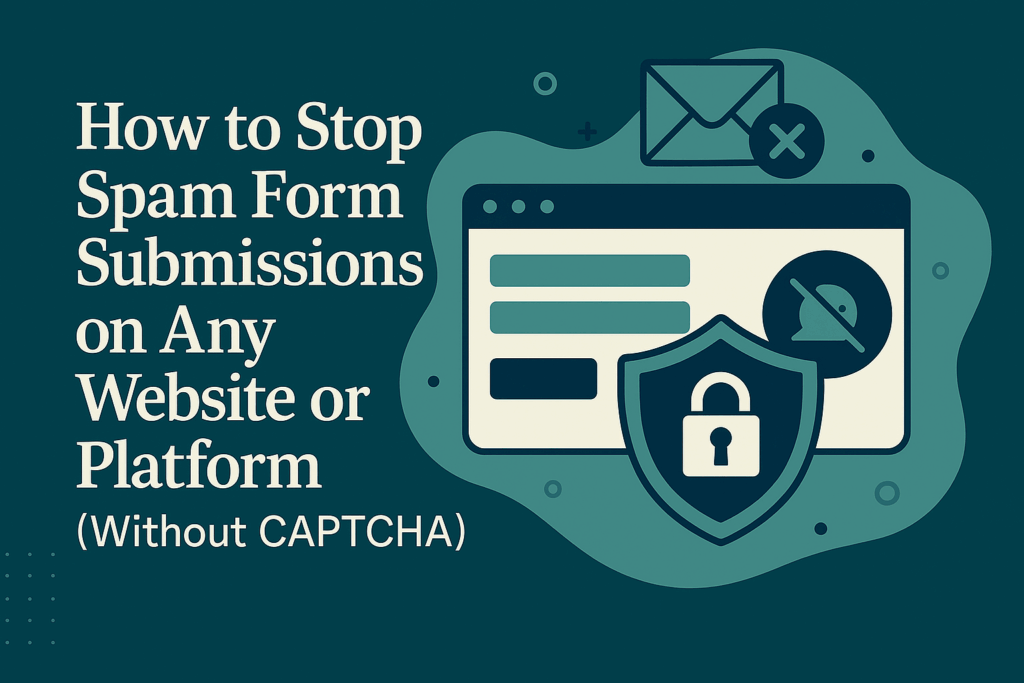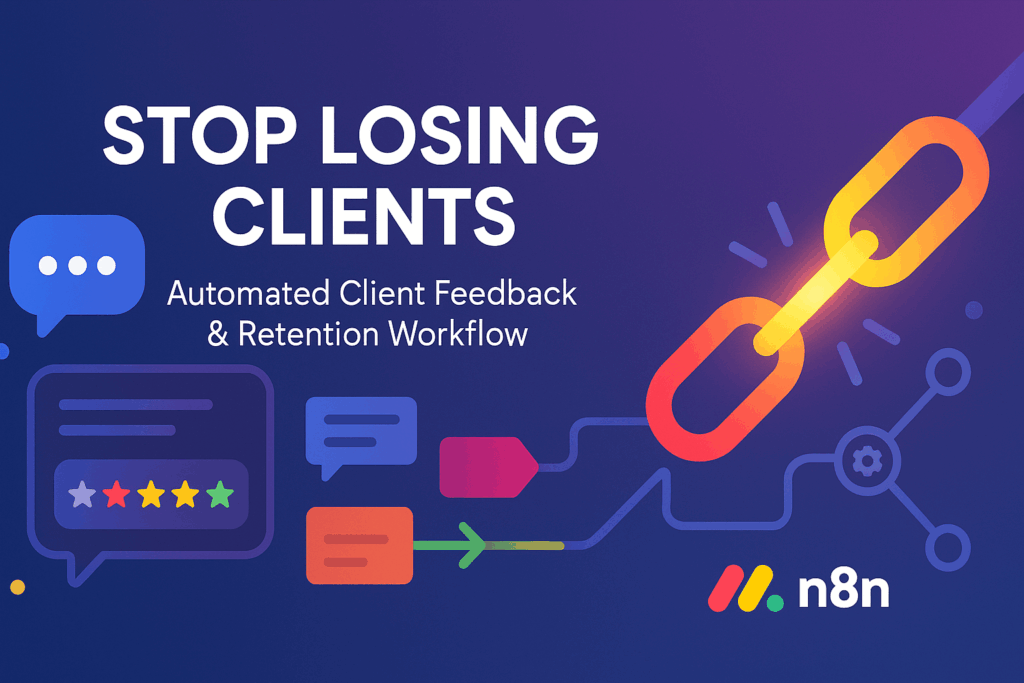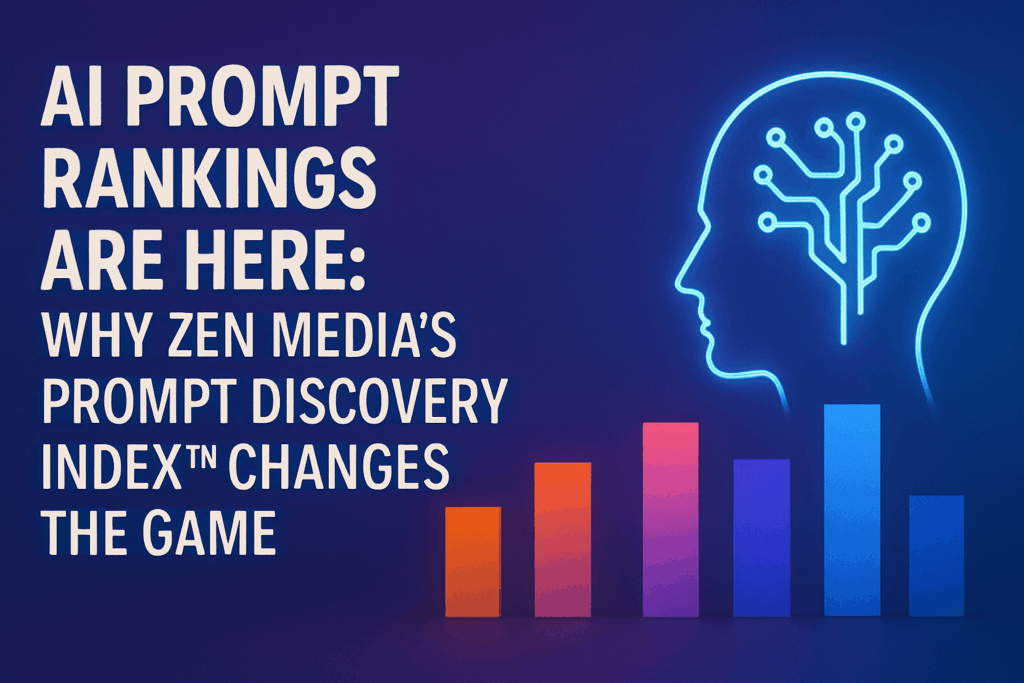The Industrial Buyer Isn’t One Person: Why Generic Experiences Fail
Most industrial ecommerce websites make a silent, costly assumption: that there’s one kind of buyer.
One page for products. One catalog layout. One generic experience meant to serve engineers, procurement managers, field techs, and operations leaders all at once. It’s clean, efficient, and completely blind to how complex B2B buying really is.
In reality, multiple stakeholders touch a single industrial purchase; the person spec’ing the part is rarely the one placing the order. The stakeholder asking for a quote isn’t always the budget owner. And the user browsing your mobile site on a job site isn’t navigating the same concerns as someone analyzing ROI in the boardroom.
Most brands don’t lose the sale because of the product, but because no one speaks the buyer’s language.
If your ecommerce platform can’t recognize the difference between a field technician searching for replacement valves and a procurement director managing $2M in spend, then you’re leaking revenue at every touchpoint. And in 2025, B2B buyers expect more than a one-size-fits-all interface. They expect the same clarity and responsiveness they’ve grown used to from the best in digital marketing, personalized content, streamlined experiences, and instant relevance.
In this guide, we’ll show you how to build role-specific, data-driven, high-conversion experiences inside your Shopify Plus or BigCommerce storefront, experiences that speak directly to each buyer’s priorities, pain points, and purchase patterns.
Because when the experience is personal, the decision gets easier.
Mapping the Industrial Buying Committee: Engineers, Ops, Finance & Beyond
In industrial ecommerce, you’re not selling to a person. You’re selling to a process.
That process is made up of overlapping roles, each with different incentives, anxieties, and decision-making power. If your digital experience doesn’t reflect that reality, you’re forcing everyone through the same narrow door. And someone always walks away.
Let’s break down the key stakeholders in a typical industrial purchase cycle and how their behavior shows up online.
The Engineer: Specs, Fit, Function
Engineers are the specifiers. They’re looking for precision, product features like technical drawings, materials data, and compatibility charts. They don’t care about pricing or shipping yet. They want to make sure the part will work.
In their world, a missing datasheet or vague tolerance range is a dealbreaker. When your product page lacks dimensional drawings or CAD files, they bounce, not out of disinterest, but out of necessity.
What they need from your site:
- Instant access to technical specs and datasheets
- Side-by-side comparison tools for similar SKUs
- Advanced filtering for materials, pressure ratings, and certifications
The Procurement Officer: Risk, Pricing, Terms
Procurement professionals are laser-focused on cost control, reliability, and risk mitigation. They’re comparing quotes, managing vendor relationships, and making sure every purchase aligns with internal policies.
When they land on your site, they’re not wondering if the part works. They want to know if the purchase will get approved and whether it will arrive on time.
What they need from your site:
- Clear visibility into price tiers and customer-specific discounts
- Payment options like Net 30 or purchase orders
- Shipping timelines and delivery reliability
The Field Technician: Speed, Mobile UX, Part Availability
Field techs don’t have the luxury of time. They’re standing in a warehouse, staring at a busted flange or a worn-out conveyor belt, and they need a fast replacement.
They’re likely on mobile, navigating poor connectivity, wearing gloves, and balancing time-sensitive repairs.
What they need from your site:
- Fast mobile checkout with stored shipping addresses
- Easy reorder logic (“Buy Again” button, past order lookup)
- Image-based search or visual SKU confirmation
The Operations Lead: Inventory, Forecasting, Efficiency
Ops leaders think in systems. They want to know how your parts will integrate into existing processes and whether buying from you simplifies or complicates their workflows. That includes everything from order approvals to inventory visibility and account management efficiency across teams.
They’re looking for reliability, integration, and visibility across teams.
What they need from your site:
- Account-level inventory tracking
- Multi-user access with permissions (e.g., engineers can browse, only procurement can buy)
- Integration with ERP or MRP systems for replenishment
The CFO or Finance Buyer: Margins, Cash Flow, Total Cost
For high-volume purchases or recurring supply agreements, the CFO often gets involved. They don’t want to manage every transaction, but they do want control.
Finance stakeholders are interested in:
- Predictability
- Bulk discounts
- Value over time
What they need from your site:
- Transparent pricing models (not hidden behind a “Contact Us” form)
- Forecasting tools or usage calculators
- Reporting visibility into spend history and frequency
By mapping these personas and aligning UX accordingly, you stop treating your buyers like a monolith. Instead, you serve each of them with the information, clarity, and convenience they need to say yes.
Signals That Reveal Who’s Browsing—and What They Care About
Your ecommerce platform won’t tap you on the shoulder and say, “This is a technician on-site, looking for an emergency gearbox replacement.” But if you pay attention, the signals are already there, buried in how people browse, what they click, when they visit, and which products draw repeat attention.
Behavior tells a story long before a user ever fills out a form. Organic traffic landing on a datasheet or CAD file often signals an engineer in spec mode. Email traffic tied to replenishment reminders? That’s likely procurement following an internal reorder schedule. Late-night mobile visits that bounce between SKU searches with fast tap rates? Probably a tech in the field trying to solve a breakdown on the clock.
It’s not just about where they come from; it’s what they do once they arrive. Some users dive deep into spec sheets, viewing multiple documentation downloads in a single visit. Others return again and again to a high-ticket SKU without adding to cart, signaling high-stakes consideration. And then there are the quiet power users, the ones who skip the homepage, log in, and head straight to their past orders. These aren’t casual browsers; they’re procurement or ops staff looking to get something done.
If your platform supports login, even more intent signals become available. Purchase history, repeat orders, SKU-level frequency, each of these reveals not just what someone buys, but how they think. A procurement user might consistently revisit invoices or shipping confirmations, while a finance stakeholder pre-fills PO numbers and tax details every time. A technician’s history might reflect urgency-based patterns, tied to specific product types or emergency repairs.
Even device type matters. Long desktop sessions with careful navigation often point to research roles like engineering or procurement. Quick mobile sessions tend to signal field-based urgency. In other words, intent isn’t a static label; it’s constantly unfolding through user actions.
The Architecture Behind Personalization in Shopify Plus: Tags, Metafields, and Conditional Rendering
Delivering effective user experience personalization on Shopify Plus is about building the right architecture behind the scenes. And for industrial brands, that means getting serious about how you structure your data, your logic, and your storefront logic.
Customer Tags: The Silent Workhorses of Segmentation
Tags are one of the most underrated tools in Shopify Plus. At first glance, they look like simple labels — “OEM Buyer,” “Distributor,” “Engineer,” or “Procurement.” But paired with Shopify Flow, they become powerful triggers that shape the entire experience.
For example, if a user is tagged as “OEM Buyer,” you can hide consumer pricing, display volume discounts, and even route them to a quote-request flow instead of Add to Cart. These tags can be applied manually, imported from your CRM, or assigned based on behavior (e.g., if a user views technical spec pages five times in one session, tag them as “Engineer Persona”).
Metafields: Your Custom Data Canvas
Metafields are where things get granular. Need to display different product benefits for different personas? Store that data in product metafields. Want to show a downloadable compliance sheet only for safety officers? Attach it to the variant metafield and render it conditionally.
Unlike tags, which classify the customer, metafields help you modify the context: product descriptions, page elements, and navigation paths. Used wisely, they allow you to serve the exact right detail to the exact right person, without cluttering the page for everyone else.
Conditional Rendering: Where Logic Meets UX
This is where it all comes together. By combining tags and metafields with conditional Liquid logic in your theme, you control who sees what and when.
Let’s say your industrial catalog has 12,000 SKUs. Engineers don’t need lifestyle photos or marketing copy. They want CAD files, performance tolerances, and specification tables. You can detect their persona via tag, and render a version of the PDP that prioritizes exactly that.
Procurement, on the other hand, may need lead time data, inventory availability, and alternative supplier options. Again, your logic can adjust the layout and copy accordingly, all without maintaining separate product pages.
This isn’t just about personalization. It’s about reducing noise, clarifying intent, and helping each buyer make faster, more confident decisions.
Practical Examples: What Personalized B2B UX Looks Like in Action
Sometimes the best way to understand the value of persona-driven UX is to see it unfold in the real world. What does personalization actually look like when implemented in an industrial ecommerce setting? Below are a few grounded, real-world patterns that demonstrate how Shopify Plus logic can be used to deliver tailored experiences to specific roles, boosting trust, speed, and conversion.
The Engineer’s Product Detail Page
Engineers aren’t reading for marketing copy; they’re scanning for clarity, accuracy, and compatibility. When a returning visitor is tagged as an engineering persona, the product detail page transforms accordingly. Gone are the long paragraphs and lifestyle images. In their place: clean links to technical datasheets, CAD/STEP file downloads in a top-level tab, certifications, and performance tolerances presented in a digestible, data-first layout. Some brands even include a spec-comparison tool right on the page to help engineers make approval decisions quickly. The result is a streamlined experience that respects the engineer’s time and reinforces confidence in product selection.
The Procurement Officer’s Dashboard
Procurement professionals operate with urgency and precision; they care about price, lead time, and repeatability. For users identified as procurement officers, Shopify Plus can display regional warehouse inventory in real time, show exact lead times per SKU, and break down pricing based on quantity tiers. These users also gain access to features like “reorder from past POs” directly within their account dashboard. This removes the need to email sales reps or dig through past invoices. The interface becomes a control panel for efficient purchasing, allowing them to fulfill complex needs with just a few clicks.
The Field Technician on Mobile
Field technicians are often working in gloves, under pressure, with unreliable reception. Their needs are completely different, and a desktop-style experience won’t cut it. For users tagged as technicians or identified via mobile behavior, the site shifts to a slim, touch-optimized layout. Part lookup tools use image-based search or shortcut icons for fast identification. Quick-add buttons make it easy to replace commonly ordered SKUs.
Emergency technical support access is built in, via direct “Call Tech Support” or WhatsApp buttons, because when a machine goes down, every second counts. This isn’t about sleek design, it’s about giving the technician exactly what they need, when they need it, without friction.
The Safety Manager’s Resource Hub
Compliance officers and safety managers care less about product variety and more about documentation, protocols, and risk. For users in this role, the interface prioritizes access to regulatory content. Instead of digging through product pages, they’re directed to a centralized resource hub. There, MSDS sheets are searchable and indexed, compliance certificates are categorized for easy download, and SOP or training videos are embedded for fast reference. There’s often a direct line to a regulatory rep or chat option for complex questions. It’s a portal designed to minimize delay and build internal confidence, especially when the buyer needs to justify choices to auditors or legal teams.
Each of these examples shows that personalization serves their needs. In industrial ecommerce, the difference between a personalized and a generic experience isn’t subtle. It’s the difference between a buyer placing the order now… or forwarding the link to someone else who will, later, or never.
Measuring the ROI of Personalization in Industrial Ecommerce
Investing in personalized user experiences often raises the question: Is it really worth it? Especially in industrial ecommerce, where order volumes can be huge, customer relationships are long-term, and the buying process is complex, the return on UX personalization can be easy to underestimate—but the data tells a different story.
Conversion Rate Lift from Persona-Aligned UX
When a product page speaks directly to the end-user, whether it’s an engineer seeking specifications or a procurement officer comparing pricing tiers, conversion rates rise. Not in minor increments, but in significant jumps. We’ve seen industrial brands boost conversion rates by 15–40% simply by aligning the call-to-action, pricing visibility, and product content to the persona behind the login.
For example, showing real-time credit balance and reorder availability to procurement buyers often reduces cart abandonment in B2B workflows. It removes friction, builds confidence, and cuts down on the internal “double-check” that often delays purchases.
Shorter Sales Cycles
When your platform speaks the buyer’s language, you eliminate back-and-forth emails. A field tech no longer has to call in to verify compatibility. A safety officer doesn’t need to request documentation via a PDF. These micro-savings in time compound into shorter deal cycles and faster order turnaround.
For high-volume industrial customers, that efficiency is part of your value proposition. It’s not just about what you sell; it’s how easy you make it to buy.
Higher Lifetime Value (LTV) Through Relationship Equity
Personalized UX isn’t just a conversion tool—it’s a retention tool. When customers feel like the site understands their needs, they return. And when you surface helpful content or tools that anticipate their workflow—like restock reminders, spec updates, or regulatory alerts—you move from vendor to partner in their eyes.
That shift translates to higher LTV. Repeat purchases go up. Loyalty increases. And even if competitors undercut you on price, your ecosystem becomes harder to replace.
Improved Operational Efficiency
Here’s the part no one talks about: great personalization reduces internal strain. When credit info, invoices, and specs are visible on the site, your support team gets fewer “Where’s my stuff?” inquiries. Your sales reps spend less time doing clerical follow-up and more time building relationships.
How to Build a Scalable Personalization Architecture in Shopify Plus
The promise of personalized UX often comes with a technical fear: “If we start customizing too much, won’t it become impossible to manage?” That fear is justified—if the architecture isn’t built with scale in mind. But with Shopify Plus, personalization doesn’t have to be chaos. In fact, when done right, it can be one of the most stable, modular, and maintainable parts of your ecommerce infrastructure.
Start With Data That Doesn’t Break
The backbone of any personalization system is reliable data. For industrial suppliers, this usually starts with:
- Customer tags: Role-based tags like ENGINEER_USER, PROCUREMENT_BUYER, or MAINTENANCE_TEAM can trigger both frontend and backend logic.
- Metafields: Used to store detailed user preferences, custom pricing data, approval hierarchies, or site behavior logic.
- Company profiles: B2B accounts in Shopify can house multiple users. Mapping personas to users within a company account helps tailor content without disrupting shared access or checkout flows.
The trick is not to overload the system. Use clear schemas and naming conventions, and document what each tag or metafield drives—whether it’s pricing display, content gating, or checkout visibility.
Personalize With Liquid Logic, Not Technical Debt
Shopify’s Liquid templating language is deceptively powerful. You can show different banners, content blocks, buttons, or messaging to different personas without building entirely separate templates. A few well-placed conditional statements can do the job:
{% if customer.tags contains ‘PROCUREMENT_BUYER’ %}
<div class=”credit-banner”>Your Net 30 terms are active. Credit remaining: $5,000</div>
{% endif %}
This approach keeps everything inside one theme, one layout, one logic path, easy to QA, maintain, and iterate.
Use Shopify Flow to Power Backend Reactions
Not all personalization is visible. Some of the best experiences are silent and behind the scenes. Shopify Flow can trigger backend automations like:
- Assigning tags based on form responses (e.g., onboarding new buyers into the correct persona bucket).
- Sending specific email flows in Klaviyo based on persona tags.
- Routing new orders from VIP maintenance buyers directly to priority fulfillment queues.
Think of Flow as the connective tissue that turns user data into action, without manual labor or clunky integrations.
Integrate With External Data Sources When Needed
If your personalization relies on data outside Shopify—like ERP role designations, customer-specific spec sheets, or sensor data from equipment—don’t try to force it all into Shopify.
Use middleware tools (like Alloy Automation, Mesa, or custom scripts) to sync external data into Shopify metafields or customer tags. This creates a single source of truth for the storefront while letting your systems stay cleanly separated behind the scenes.
Toolkit: How to Personalize UX for Business Clients in Industrial Ecommerce
This toolkit distills everything from the article into a deployable plan. Use it to align your ecommerce experience with real buyer behavior—no guesswork, no AI engine required.
Personalization Checklist
| Task | Description | Complete? |
| Identify top buyer personas | Engineer, Procurement, Field Tech, Finance, Executive | ☐ |
| Map behavioral signals to each persona | Use login patterns, session behavior, traffic source, device type | ☐ |
| Create segmentation logic | Assign customer tags/metafields in Shopify or attributes in BigCommerce | ☐ |
| Customize product detail pages | Show CAD files, reorder CTAs, PO options, or spec tools based on role | ☐ |
| Adjust navigation and dashboard flows | Tailor menus, “Past POs” views, and technical resource hubs | ☐ |
| Personalize post-purchase flows | Trigger Klaviyo/BigCommerce automations based on persona | ☐ |
| Reinforce with CRM/account data | Use customer relationship management tools to deepen context | ☐ |
| Track lift in conversion & satisfaction | Segment analytics by role to measure what works | ☐ |
Buyer Persona Signal Table
| Persona | Session Signals | Personalization Triggers |
| Engineer / Specifier | Long desktop sessions, datasheet & CAD activity | Highlight product features, specs, and comparison tools |
| Procurement | Logged-in sessions, past invoice access, bulk cart values | Show contract SKUs, reorder tools, and PO payment logic |
| Field Technician | Mobile, repeat SKUs, SKU search, fast navigation | Mobile-first UX, reorder buttons, emergency support |
| Finance / AP | Invoice/download activity, terms & payment search | Display PO autofill, invoice center, tax & payment fields |
| Executive Stakeholder | About/company/capability pages, high-level browsing | Serve solution overviews, strategy content, and no SKU push |
Implementation Roadmap (Week-by-Week)
| Week | Focus Area | Deliverable |
| Week 1 | Persona mapping & tagging | Defined personas, behavior triggers, Shopify tags or BigCommerce attributes |
| Week 2 | Product page personalization | Role-based Liquid/Stencils on key product detail pages |
| Week 3 | Navigation & dashboard UX | Dynamic menus, personalized dashboard modules |
| Week 4 | Post-purchase flows | Klaviyo/email logic triggered by persona and order context |
| Week 5 | Internal QA | Test personas, flows, and UX validation across devices |
| Week 6 | Go-live + analytics | Launch with an analytics dashboard segmented by persona (conversion rate, UX behavior, LTV) |
This toolkit helps your dev and marketing teams stay aligned while rolling out personalization that impacts the buyer journey, not just surface-level tweaks.
Make the First Click Feel Like You Already Know Them
The best industrial ecommerce experiences don’t feel like marketing, they feel like foresight.
When a field technician sees only what they need (and nothing they don’t), when a procurement manager can reorder in seconds without revalidating specs, when a CFO sees clean forecasts without asking, your site isn’t just working. It’s working for them.
That’s the power of buyer-specific personalization. It builds trust before the first conversation. It removes friction without relying on discounts. And it turns your ecommerce platform from a static catalog into an operational infrastructure that your business clients depend on.
You don’t need a full overhaul to get started. One tag. One behavior-based trigger. One page built for a real person instead of a generic “user.”
Contact us, and let’s build that together.



